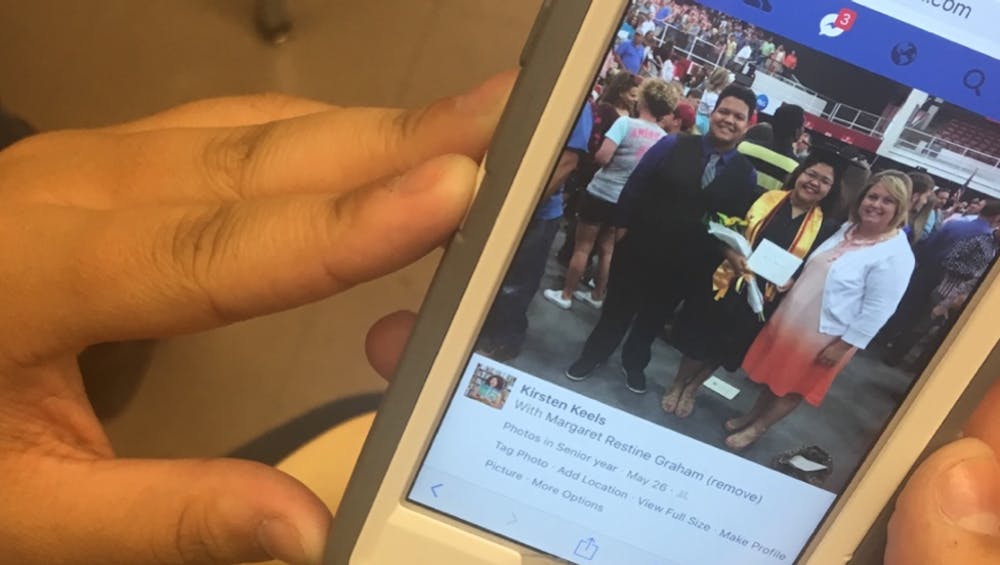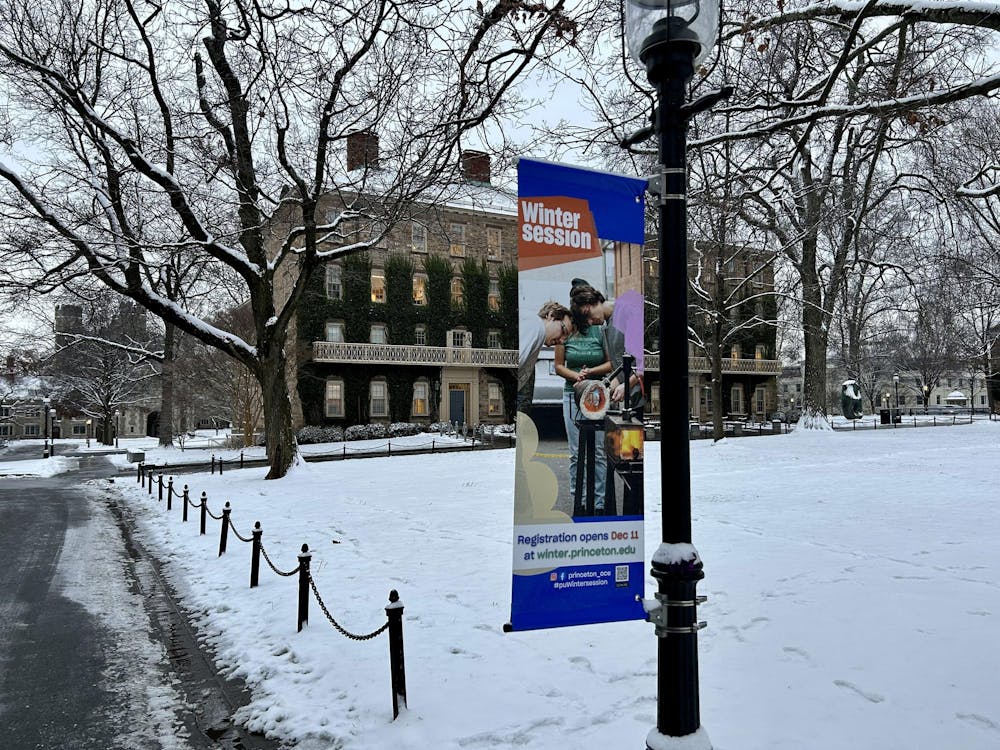For seniors who may be stressed about where they’ll end up after their time at the University, know that if the Class of 2018 is anything like the Class of 2012, it’s very likely that recent graduates will call New York or California home.
Each year, the University enrolls around five or six students from Kansas, four or five from Kentucky, and three or four from Idaho. However, five years after graduation, no one from the Class of 2012 has returned to any of those states. Nearly a quarter of the Class of 2012 is living in New York City.
The University can be a ticket out of small towns, especially for those from the South and Midwest. For some, the decision to leave home is easier than it is for others.
“Zero. No. Zilch. Not a chance,” said Rachel Macaulay ’19 when asked what kind of jobs would be available to her in her hometown of Cloquet, Minn. Macaulay is an enthusiastic and friendly chemistry concentrator, but when asked her thoughts on returning to Minnesota, she turns grim.
“Especially being a chemistry major, there’s no opportunity for me there,” Macaulay said. Cloquet has a median household income of $45,000, 16 percent lower than the national median.
Macaulay explained that, other than the local hospital and some law jobs, Walmart would be the next best option for her. She added that even if she could find a worthwhile opportunity in Cloquet, there’d be little else to keep herself occupied.
“There’s not much to do. There was a bowling alley, but that closed down,” Macaulay said. What makes her town unique? Frank Lloyd Wright, a prominent U.S. architect of the 20th century, designed one of the town’s gas stations.
She’s not interested in returning to Minnesota either.
“I guess in the Twin Cities [of Minneapolis and St. Paul] there’s some things, but I just don’t really see myself going back,” she said.
Comparing the origins of the current four classes to where the Class of 2012 now resides reveals a pull toward the coasts, especially to New York and California. Even magnets like Texas and Florida do not regain the number of students they send to the University. In fact, the only states that don’t lose any Princetonians are New York, California, Massachusetts, Washington, Illinois, and Pennsylvania.
What may be less surprising, however, is the University’s keen ability to pull from rural and suburban areas and place young graduates into cities, whether they return to their home states or not.
The numbers are quite stark. Data from the U.S. Census Bureau, TigerNet, and the Residential College Facebook show that before Princeton, the typical domestic student hails from a town with a median population of 45,000 people. The typical U.S. graduate from Princeton’s Class of 2012, on the other hand, now lives in a city with a median population of 584,000, about the size of Las Vegas. Nearly all graduates originally from towns of less than 50,000 people end up moving to larger cities.


Residency of University students from the current four classes (left) and residency of University graduates from the class of 2012 (right). International data not reflected. Source: Princeton TigerNet, Princeton Residential College Facebook.
Throughout the country, a number of social shifts have contributed to the steady influx of young Americans into cities. Urban crime rates have fallen dramatically. In 2017, New York City finished the year with the lowest murder rate on record. Millennials are also waiting longer to start families. The CDC published that from 2000 to 2014, the median age of first-time mothers leapt nearly 1.5 years, to 26.3 years old.
Meanwhile, The Wall Street Journal recently highlighted how the opioid epidemic and an aging workforce have made less-populated areas unwelcoming, even dangerous. People are leaving. Rural counties are seeing negative population growth for the first time in recent history, as opposed to a steady 0.7 percent growth in metropolitan counties.
University professor of economics Alan Blinder ’67 explained the detriment that this brain drain may have on a community.
“It erodes the tax bases of the areas losing the talent. They lose the talent, and the population diminishes. Jobs get harder to find,” said Blinder. “As the process goes on, the tax base of the state — and especially the locality — dwindles. With that their ability to provide public services dwindles. And that makes the location even less attractive than it was before. It becomes a death spiral, and you can get a ghost town. But even if it doesn’t go to that extreme, you get a serious hollowing out.”
Kirsten Keels ’21, a first-generation, low-income student from West Fork, Ark., which has a population of about 2,500, is less certain about leaving her hometown for good.
“I want to change things,” said Keels. “I want to say ‘I got out, I’m here. I’ve got this amazing education and these amazing opportunities. You can do it too!’”
However, her commitment to returning isn’t the easiest decision, especially considering her treatment as a person of color growing up in West Fork. She says that racial discrimination was common in her town and that she was called the N-word frequently.
When Keels came home crying after continued harassment at school, her mother offered to move the family. Keels said no.
“I couldn’t leave, that would be giving into them,” said Keels. “They wouldn’t chase this little black girl off.”

Keels shows a picture of her with her mother and brother at her high school graduation. Keels credits her mother for inspiring her to reach for more than what Arkansas has to offer. “I honestly think if I went back to West Fork she’d be mad,” Keels said.
She carries that same attitude today. According to the U.S. Census Bureau, she is one of exactly six people identifying as Black or African American in her town. She’s under the impression that her absence would only make the community’s racism worse.
Keels remains conflicted about whether or not to return to West Fork immediately after graduation. “I want to see what the world has to offer,” she explained. “That can’t be done from West Fork.”







